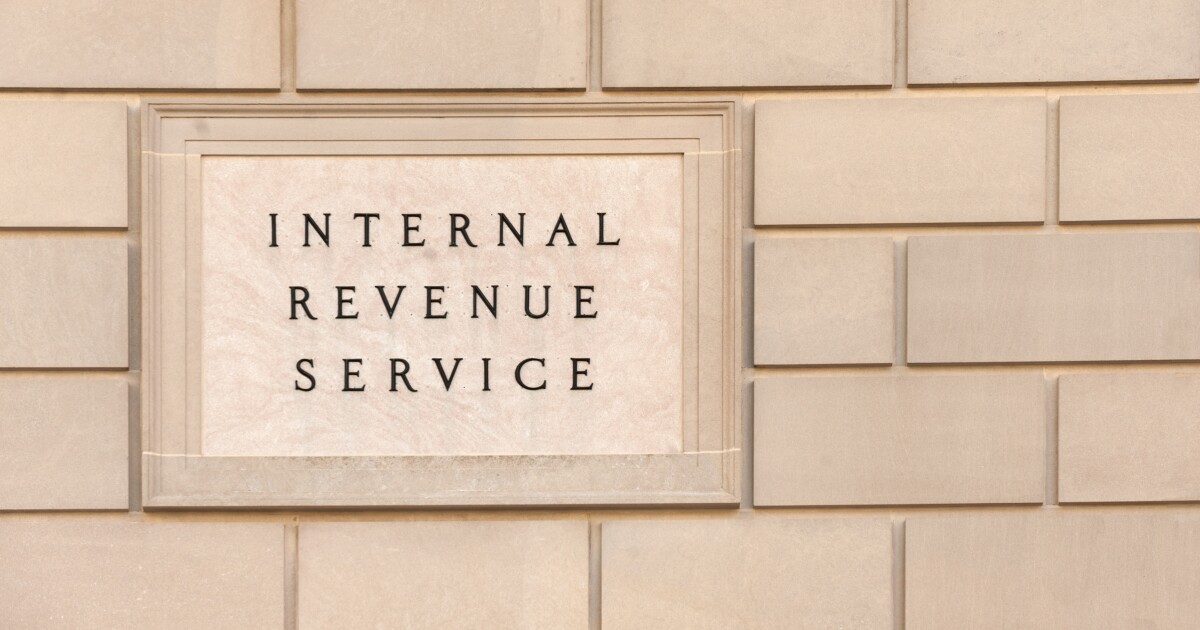The Internal Revenue Service needs to do more to enable whistleblowers to report on fraud, waste and abuse, even if they’ve signed nondisclosure agreements, which should provide anti-gag provisions allowing them to speak out, according to a new report.
The report, released Thursday by the Treasury Inspector General for Tax Administration, comes in response to a congressional request to assess whether the IRS complied with the Whistleblower Protection Enhancement Act of 2012 by including the required anti-gag provision in its NDA and related documentation as required by law. It’s unclear whether the congressional request was related to the IRS whistleblowers who complained about preferential treatment of Hunter Biden’s tax evasion case.
The anti-gag provision informs employees that their rights and obligations to report wrongdoing to Congress, the Inspectors General, or the Office of Special Counsel supersedes an NDA, the TIGTA report noted.
The IRS estimates that approximately 500 to 1,000 of its employees and 6,000 of its contractors sign an NDA each year. “Without anti-gag provisions in the NDAs, employees and contractors might be reluctant or discouraged to report on fraud, waste, and abuse activities, which would cause reputational harm for the agency,” said the report.
TIGTA found that the IRS has guidance that references whistleblower protections and addresses prohibited practices of retaliation against whistleblowers. However, specific reference to the anti-gag provision was not included in its NDAs, policies or whistleblower protections training.
In addition, the IRS’s guidance on prohibited personnel practices under the Whistleblower Protection Enhancement Act document states that the NDA policy, form or agreement must include the anti-gag provision before the policy, form or agreement can be enforced. Because NDAs in use by the IRS at the time of TIGTA’s review did not contain anti-gag provisions, they may not be enforceable, according to the report.
TIGTA reviewed 22 NDAs signed from August 2018 to April 2024 and found that five contained a partial reference to the anti-gag provision, but 17 did not contain any reference to the anti-gag provision. Some of teh existing internal guidance referenced NDAs and whistleblower protections. However, TIGTA did not see evidence of a dedicated NDA policy that required the anti-gag provision be included.
The NDA and whistleblower guidance were not easily accessible for employees to find on the IRS intranet site. Training for new hires and annual briefings for all employees, managers and contractors mentioned the Whistleblower Protection Act of 1989, and addressed the prohibited practices of retaliating against whistleblowers. Although it was not required, they did not contain the anti-gag provision. As a result of TIGTA’s evaluation, in July 2024, IRS officials updated the NDA form template for contractors with staff-like access and non-procurement employees involved in procurement activities to include the required anti-gag provision. The IRS also updated its Expert Witness NDA form template in October 2024.
TIGTA made four recommendations in the report. It recommended the IRS should ensure that NDAs, policies, forms and other guidance documents include the required anti-gag provision. It also suggested the IRS should create a dedicated section for NDAs in its internal guidance that contains the anti-gag provision. The IRS should also include information about the anti-gag provision in training programs covering whistleblower protections (such as new employee orientation and contractor training), the report recommended, and add a link to TIGTA’s Whistleblower Protections web page on its internal web page and pertinent information to the Employee Resource page on its internal webpage to ensure employee awareness of the whistleblower protections as it relates to the anti-gag provision.
IRS officials agreed with TIGTA’s recommendations. During the evaluation, the IRS updated its NDA template for contractors with staff-like access, non-procurement employees involved in procurement activities, and expert witnesses to include the required anti-gag provision. The IRS also developed updates to the fiscal year 2025 mandatory Prohibited Personnel Practices and Whistleblower training, and the updates are under final legal review.
“We appreciate your recognition of our references to anti-gag provisions in our documentation and training, and we appreciate your identifying areas where we can improve our notification of whistleblower protections and whistleblower rights,” wrote IRS chief risk officer Michael Wetklow in response to the report.


 Economics1 week ago
Economics1 week ago
 Economics1 week ago
Economics1 week ago
 Economics6 days ago
Economics6 days ago
 Finance1 week ago
Finance1 week ago
 Economics1 week ago
Economics1 week ago
 Blog Post6 days ago
Blog Post6 days ago
 Personal Finance6 days ago
Personal Finance6 days ago
 Finance6 days ago
Finance6 days ago












